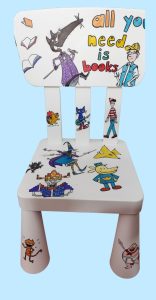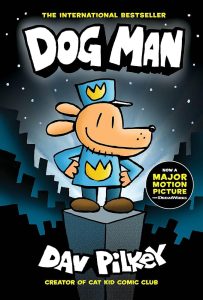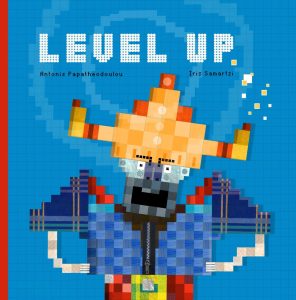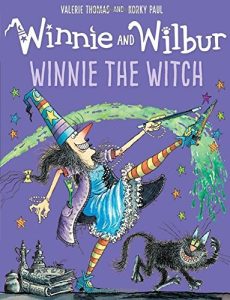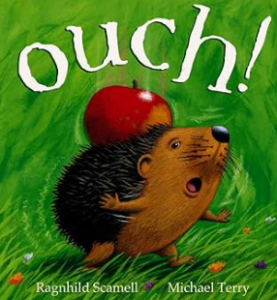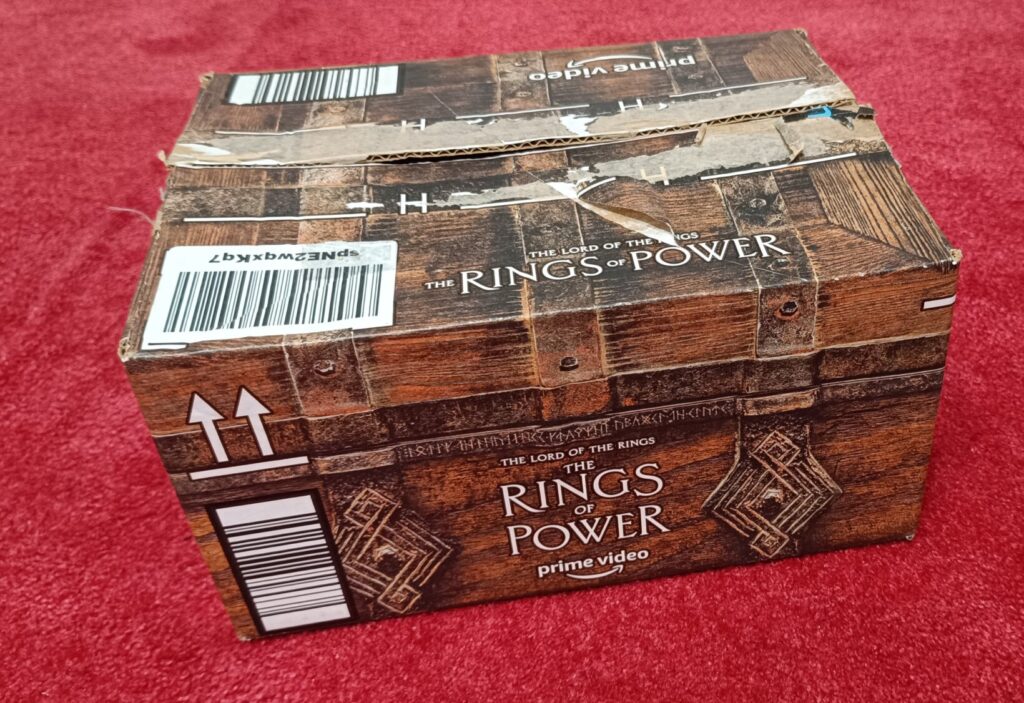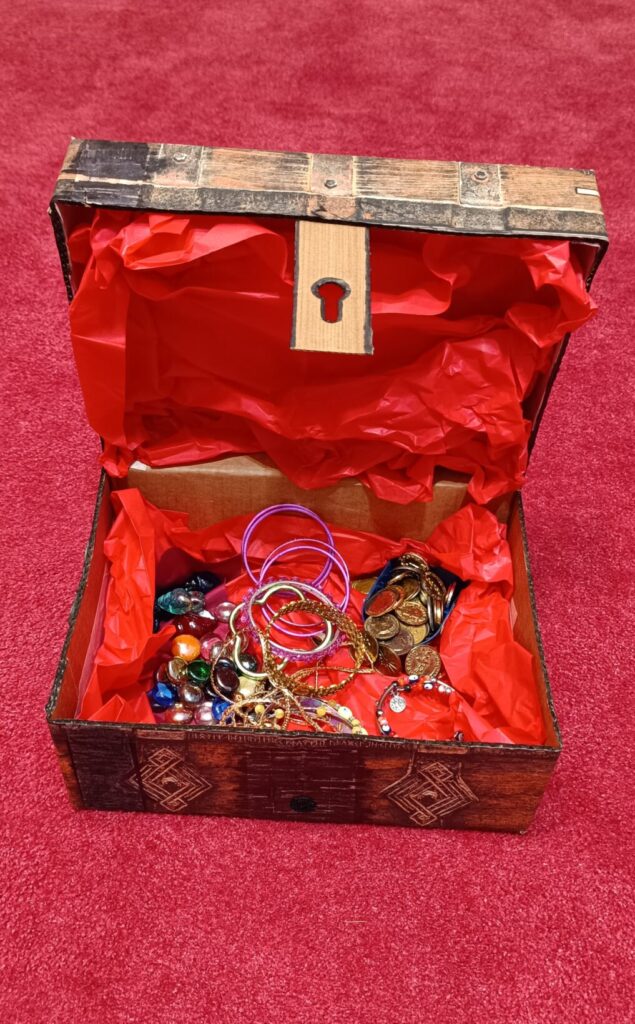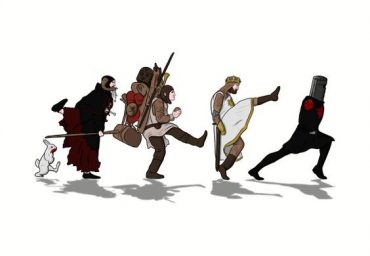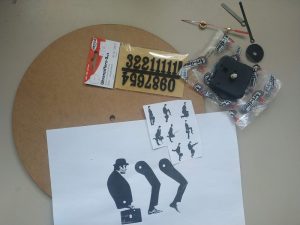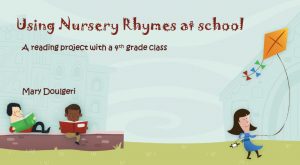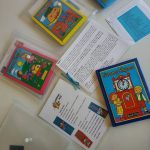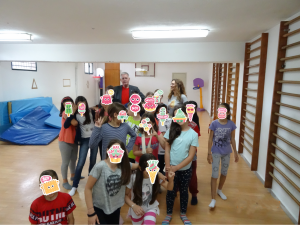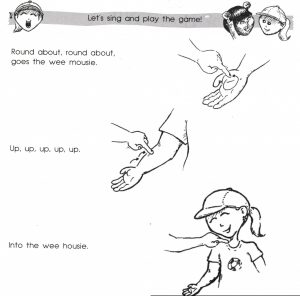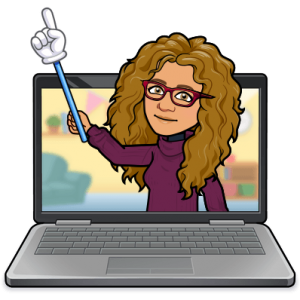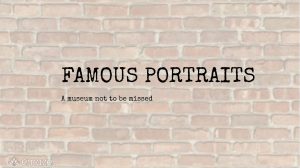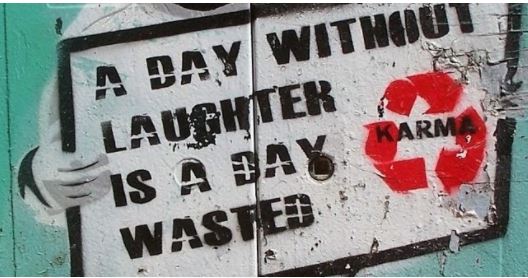Summer is officially here, and what better way to kick off the sunny season than with a splash of musical magic and captivating underwater adventures? Let’s take a deep dive into this brilliant picture book which brings to life a beloved classic song: Ringo Starr’s “Octopus’s Garden”!
A Little Bit About this wonderful song
“Octopus’s Garden” is a charming song penned by none other than The Beatles’ drummer, Ringo Starr. Released on the iconic Abbey Road album in 1969, it’s a testament to Ringo’s sweet and heart-warming songwriting style.
it’s a testament to Ringo’s sweet and heart-warming songwriting style.
Inspired by a trip to Sardinia on a boat and a conversation with the captain about octopuses collecting shiny objects and stones to make a garden to decorate their homes, the song paints a beautiful picture of a peaceful, idyllic retreat under the sea. With its gentle melody and simple, heartfelt lyrics, it’s a song that has resonated with generations, offering a comforting escape from the hustle and bustle of everyday life.
Ben Cort‘s incredible illustrations
Cort’s vibrant and imaginative artwork perfectly captures the song’s whimsical spirit. His sea creatures and kids are friendly and inviting, his underwater scenes are bursting with colour and playful details, and each page is a visual delight that will spark the imagination of any child.
What’s more, the song’s simple lyrics, repetitive structure, and playful theme make it perfect for vocabulary building, listening comprehension, and creative language activities.
Activities to go along with the book
“Octopus’s Garden” and Ben Cort’s illustrations are the perfect springboard for summer engaging and creative activities for children. Here are a few ideas:
Vocabulary Building
- Before listening, brainstorm sea-related words (Ocean Word Bank: octopus, garden, sea, waves, treasure, coral, fish, turtle, starfish). Find them HERE.
- Underwater Storytime & Sing-Along: Gather the kids for a cosy read-aloud session of the “Octopus’s Garden” book. Encourage them to point out their favourite details in Ben Cort’s illustrations. After reading, have a sing-along to Ringo’s original song!
- Show illustrations from Ben Cort’s book and label objects.
- Play the song and have students raise their hands when they hear the words.
Have a look at the video I made of the book and song:
A teaser of the book by Waterstones here:
Get crafty!
- Craft your own Octopus’s garden! Provide supplies like construction paper, pipe cleaners, googly eyes, glitter, and even real shells or pebbles. Challenge the children to create their own octopus characters and their ideal underwater gardens. They can draw, cut, glue, and decorate to their heart’s content.
You could even make a group mural. Invite kids to describe it (How many fish? How many octopuses? How many starfish?)
- Octopus Handprint Art: Paint kids’ hands (minus thumbs) and press them onto paper to create octopus tentacles.
- Sensory Bin Ocean Exploration: Fill a large bin with blue-tinted water or blue rice/pasta to simulate the ocean. Add toy sea creatures, plastic plants, small rocks, and shiny objects (like foil-wrapped coins or beads) for children to discover, just like an octopus collecting treasures. This is a wonderful tactile experience!

- Make an octopus from a toilet paper roll. Find instructions here.
Get adventurous and playful
- “Find the Shiny Treasure” Scavenger Hunt: Hide shiny objects around your house or garden. Give the children clues that relate to the song or Ben Cort’s illustrations. The “treasure” at the end could be a new book, some fun craft supplies, or even a treat!
- Octopus Movement Game: Play “Octopus’s Garden” and have kids dance like ocean creatures—floating like jellyfish, scuttling like crabs, or swirling like waves.
OR
- Use calming ocean music and lead a movement session where kids stretch like seaweed, sway like fish, and wiggle like octopuses. Encourage mindful breathing — a nice mix of fun and relaxation.
Grammar…anyone?
Prepositions of Place
Use Ben Cort’s illustrations to ask:
“Where is the octopus?” (Under the sea!)
“Where is the treasure?” (In the garden!)
“Where are the kids?” (On the turtles!)
Time for some colouring!
I created a colouring page in imitation of one of Ben Cort’s illustrations in the book. Press on the picture to get it!
So this summer, whether you’re by the sea, in the classroom, or just curled up under a tree, take a dive into Octopus’s Garden — and let Ringo’s underwater daydream make a splash in your heart.



